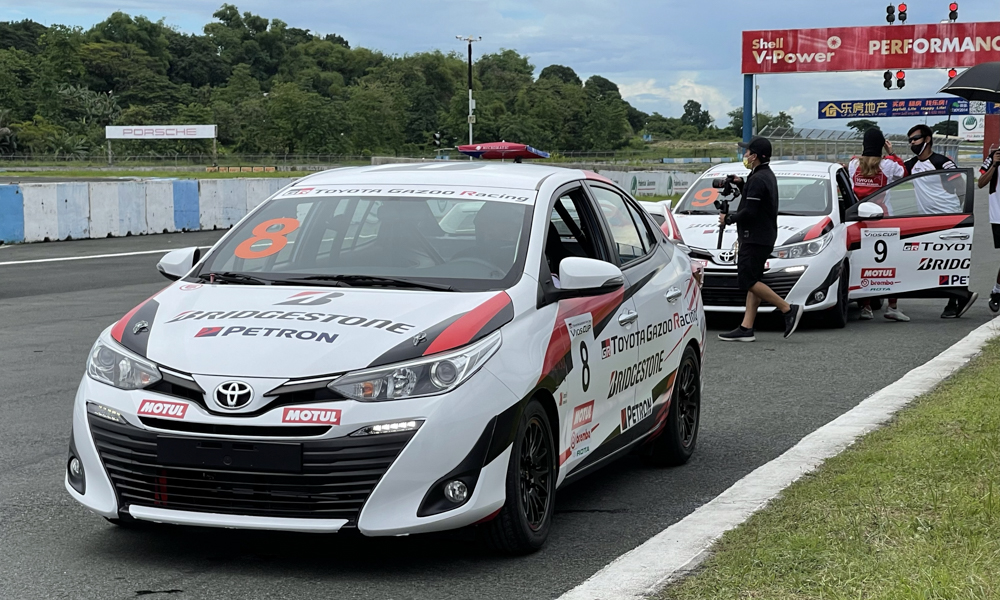
Picture this: You’ve just been given a chance to represent VISOR in the first racing event held in quite a while. Would you take it?
I said yes without hesitation. It was something I had seriously wanted to do ever since I was a kid (much to the dismay of my family who saw me play a little too much driving video games).
I felt excited and nervous. This was my first time racing outside of Gran Turismo Sport’s competitive game mode, so I thought of doing a few virtual laps just to practice for the upcoming event. However, I didn’t have anything like the fancy rig I had gotten to try out a few months back. At my disposal was an old computer table, a racing wheel, and a PlayStation 4 that sounded almost as loud as a car’s engine after loading the game disc.
I thought my average simulator-acquired skills would roughly translate to me being good enough around an autocross track. For context, when I’m not losing control or slamming into walls at high speed, my virtual lap time around the Nurburgring in the Nissan GT-R is about 10 seconds off the real car’s record.
Did it work out in the end?
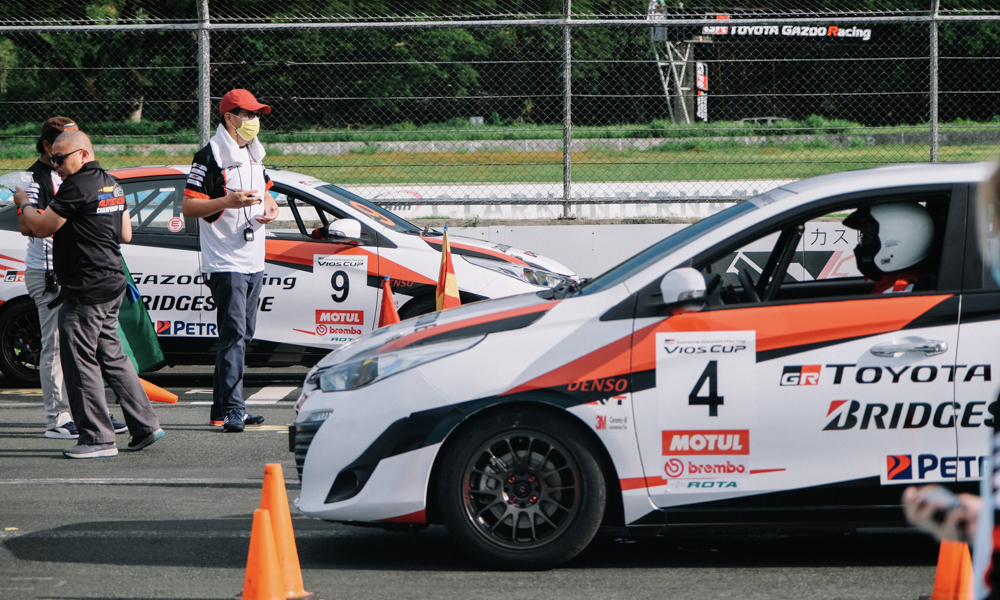
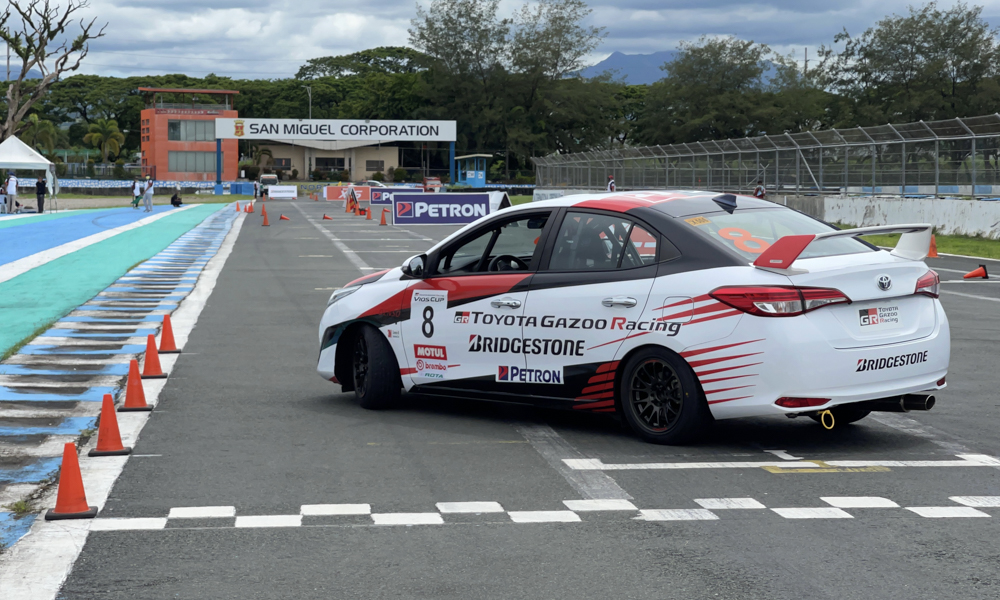
Um, nope. Looking back, I probably should’ve taken up my friend’s multiple offers (more like constant pestering) to teach me basic racing skills.
Admittedly, I was hoping that I would have a bit of an underdog moment—clocking in times that would put me in the top eight. But nothing beats proper experience and track time, which almost all of my fellow competitors had acquired. Compare that to my few hundred hours holding a controller in front of a screen. Pathetic, I know.
I even thought that the ordeal would be quite familiar, considering I had driven my fair share of vehicles that could be made track-ready when needed. However, I quickly learned that piloting stripped-down road cars on a real race course was rather overwhelming.
One way to describe it is sensory overload. It wasn’t like the relatively straightforward experience of a racing simulator. I was throwing the Toyota Vios around corners, braking quite hard, and pushing the tires near their limits of grip. But this time, I also had to worry about actually crashing into the barriers with real (and possibly painful) consequences. These are not virtual deformed polygons that would magically go away at the push of the restart button.
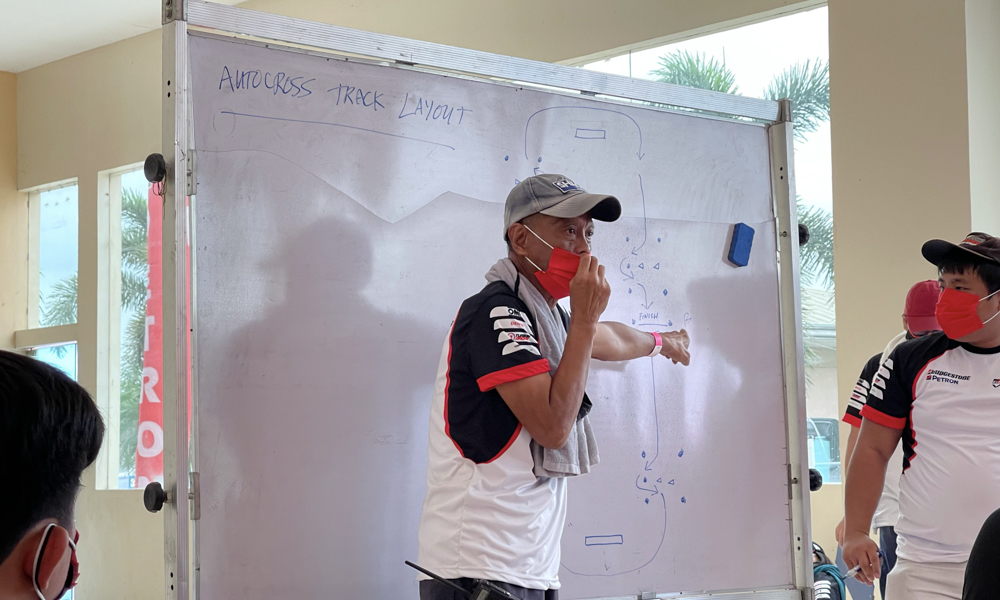
My first few laps felt fast and intense, but they turned out to be quite conservative compared to every else’s. I was 10 seconds slower than the more seasoned contestants. During one of the debriefings, I heard one of the instructors say: “Motorsport is a discipline. You can have all the talent in the world or have the best car on the grid, but an experienced driver can make mincemeat of an inexperienced one.”
This proved to be true, but I was still determined to go against the flow and prove that I was the underdog that the competition wasn’t ready for. However, after another round of practice runs, I was now a whole 15 seconds off the pace of the top runners.
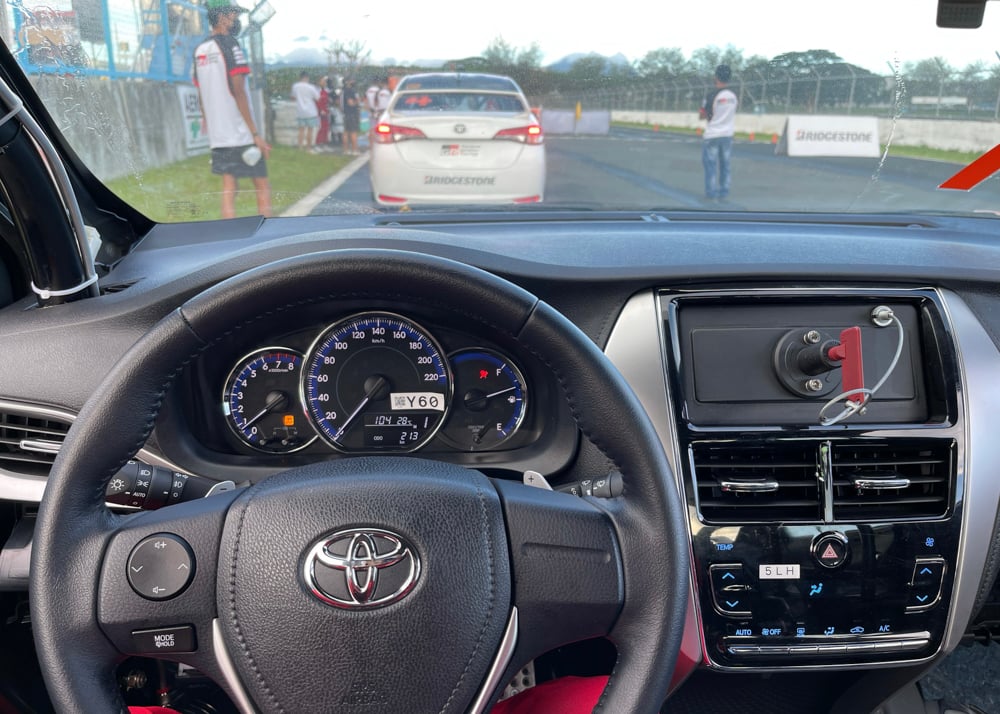
I felt frustrated. Prior to the event, everyone had told me to simply have fun and enjoy every moment. Well, I ended up taking it a bit too seriously.
“How do I shave a few seconds off?”
“What did I do wrong?”
“I need to be faster.”
Needless to say, I was not able to sleep well with all those questions ringing in my head.
The next morning, I rushed down to the buffet, grabbed two bananas, and left for the racetrack as early as possible since I was told that the autocross course would be set up for free practice before the timed event. I knew missing the delicious breakfast spread was a really horrible mistake, but I wanted to slash a few good seconds off my previous best time.
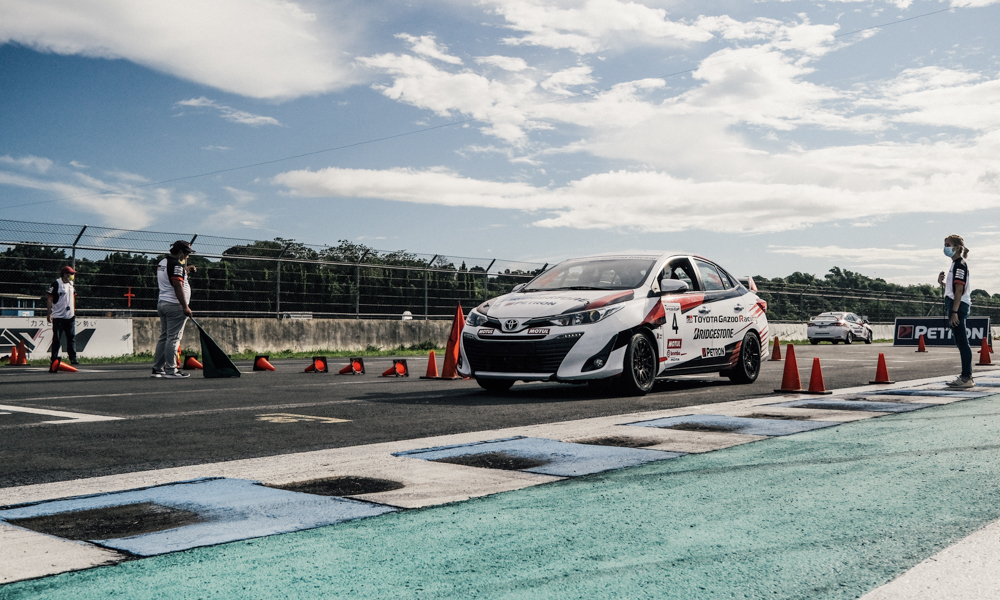
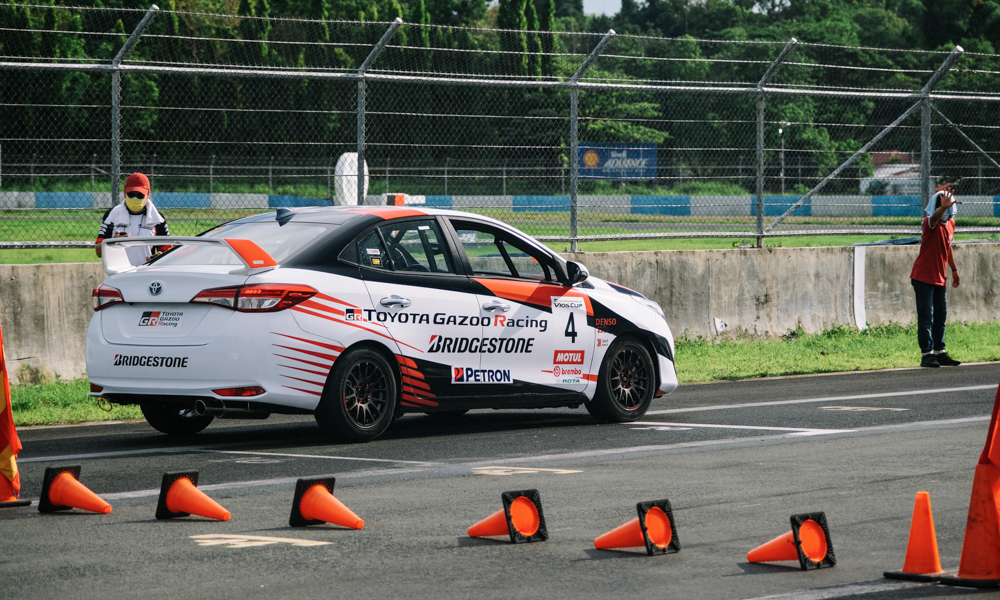
I did. But in the end, I didn’t make it to the semifinals. I was bummed, and it didn’t help knowing that I was a few milliseconds off the next person who managed to qualify. However, being a sore loser isn’t fun and will not change the situation. Staying behind to watch my fellow colleagues battle it out turned out to be quite enjoyable. Not only did it cheer me up, but I also managed to pick up a few tricks that I could use in the next autocross event.
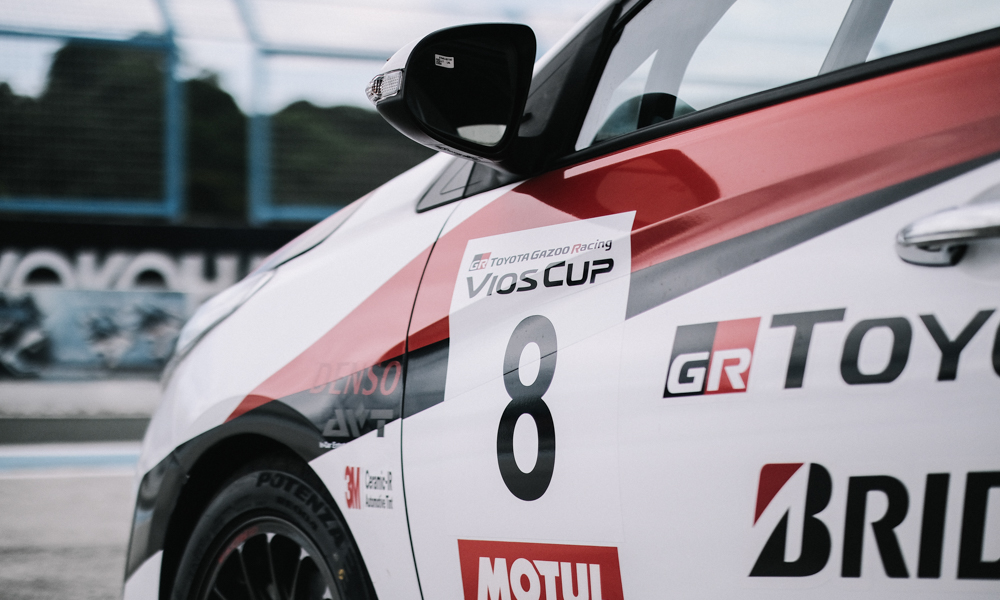
Was I disheartened about losing? Of course. The experience showed me that skills honed in video games and driving simulators don’t fully translate to real racing. If you’re an armchair racer like I am, you need to swallow your virtual pride and practice in actual cars if you have plans on getting into motorsports. You’ll also learn a lot of practical skills that you can apply to real-world scenarios, making you a better driver.
As for me, I need to prepare for the Autocross Challenge’s next legs. I can already hear my friend telling me “I told you so” with a naughty grin on his face.


0 Comments